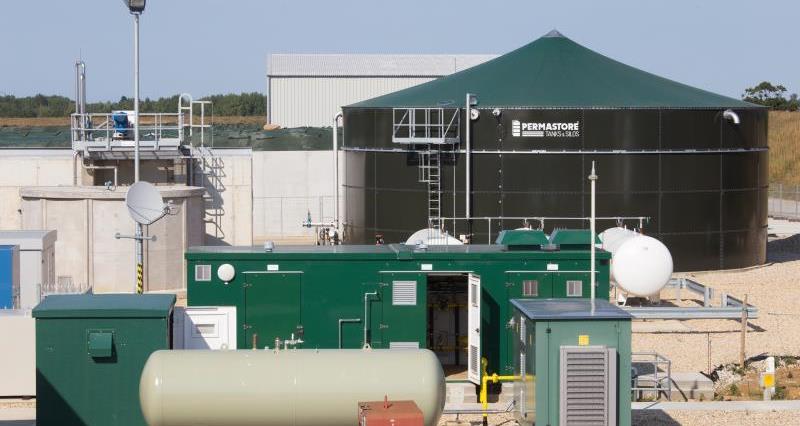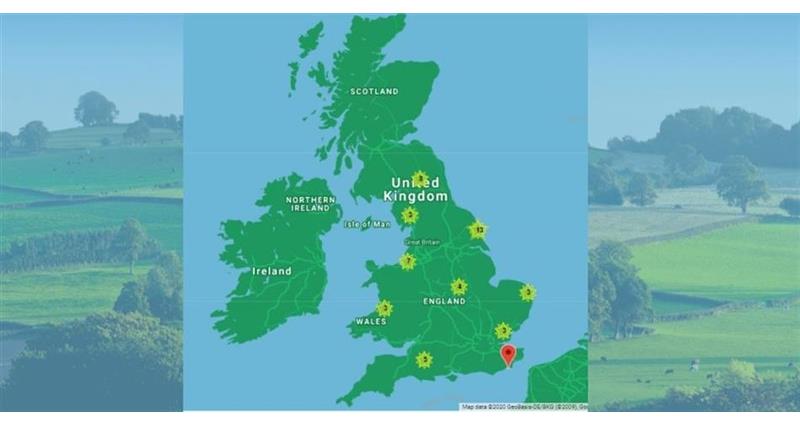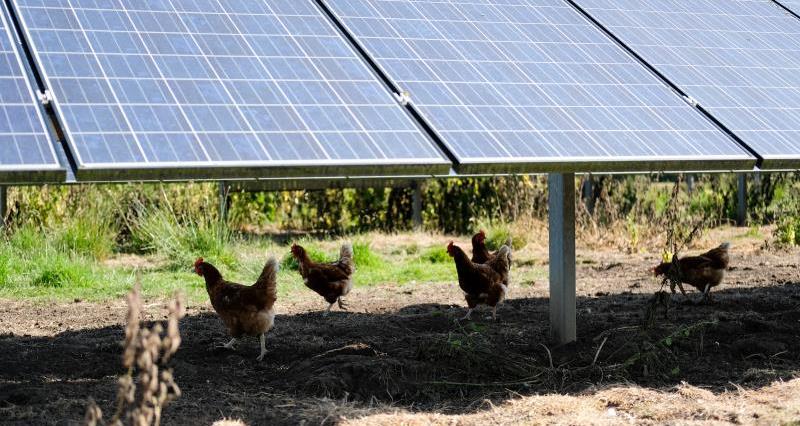Our approach is based on real-world experience and market intelligence, recognising that shifts in food consumption are more likely to be progressive than drastic, and acknowledging our opportunity to lead the way in climate-friendly meat and dairy production.
We must not risk the export of our food production emissions through ‘carbon leakage’ from our highly trade-exposed sector. Instead, we should have the flexibility to respond to markets, including exporting our low-carbon produce and climate-friendly know-how.
Pillar 1 – Boosting productivity and reducing emissions
Estimated GHG savings: 11.5 MtCO2e/year
Improving farming’s productive efficiency will enable farmers to produce the same quantity of food, or more, with less inputs, in smarter ways. This, in turn, will enable the sector to reduce its greenhouse gas emissions.
A variety of measures to boost productivity and reduce emissions, as identified by the Committee on Climate Change (CCC), plus others emerging from current NFU work on productivity will be
required to achieve this.
These measures include things like:
- The use of controlled release fertilisers and inhibitors to increase efficient use of nitrogen and reduce emissions.
- Feed additives to reduce methane emissions from ruminant livestock.
- Improving health in cattle and sheep to reduce methane emissions and boost growth rates.
- Precision farming for crops to deliver nutrients and crop protection more efficiently
- Loosening compacted soils and preventing soil compaction in cropland and pasture, reducing the need for cultivation and minimising N2O emissions.
- Anaerobic digestion to convert animal manures, crops and crop by-products into renewable energy.
- A wide range of energy efficiency measures to reduce usage of fuels and electricity.
- Gene editing for disease resistance to improve health and productivity of crops and livestock and reduce emissions.

Productive efficiency measures could deliver estimated GHG savings of CO 11.5 MtCO2e/year.
To enable us to achieve these improvements in farming’s productive efficiency, we need:
- Defra to immediately introduce pilot productivity schemes alongside the Environmental Land Management Scheme (ELMS);
- Shared Prosperity Fund support for rural development.
- Department for Business, Energy and Industrial Strategy (BEIS) support through the Industrial Strategy.
Pillar 2 – Farmland carbon storage
Estimated GHG savings: 9 MtCO2e/year
Farming is already responsible for a critical carbon resource in soils, wooded landscape and semi-natural habitats. The achievement of net zero should actively incentivise the conservation of this carbon resource as well as its enhancement.
This conservation and enhancement can be achieved through improving land management and changing land use to capture more carbon – by the provision of bigger hedgerows, more woodland and especially more carbon-rich soils.
- Enhanced soil carbon storage could deliver GHG savings of 5 MtCO2e/year. This would require Defra support for a network of demonstration farms and the development of a mechanism for reward payments.
- Enhancing and increasing hedgerows could deliver GHG savings of up to 0.5 MtCO2e/year. This would require the inclusion of hedgerow management in the Environmental Land Management Scheme (ELMS); the promotion of hedgerow options in Championing the Farmed Environment (CFE); and support from Defra and Treasury for carbon pricing.
- Increasing woodland planting on farms could deliver GHG savings of 0.7 MtCO2e/ year. Inclusion of woodland and shelter belt planting in ELMS; promotion of new planting in CFE; and support from Defra and the Treasury for carbon pricing will be needed to help achieve this.
- Peatland and wetland restoration might deliver GHG savings of up to 3 MtCO2e/year. Support for this work in ELMS will be needed to help achieve this.

Enhanced soil carbon storage could deliver GHG savings of 5 MtCO2e/year
Pillar 3 – Renewables and the bioeconomy
Estimated GHG savings: Up to 26 MtCO2e/year
Boosting renewable energy and the bioeconomy to displace greenhouse gas emissions from fossil fuels and to create GHG removal through photosynthesis and carbon capture is a key part of the NFU ambition for achieving net zero.
- Bioenergy with carbon capture and storage (BECCS) – the process of producing energy from organic matter and capturing and storing the carbon produced – could deliver GHG savings of up to 22 MtCO2e/year.
Implementation of the industry-led Bioenergy Strategy by BEIS, a clear carbon price trajectory and multiple demonstration projects at different scales will be needed to achieve this. - Bio-based materials in construction and industry could deliver GHG savings of 0.5 MtCO2e/year. This will also require the implementation of the Government’s Bioeconomy Strategy, as well as support from the Home Office and Ministry of Housing, Communities and Local Government for novel building and insulation materials like hemp fibre and sheep’s wool.
- Displacement of fossil fuel use by land-based renewables could deliver GHG savings of up to 3 MtCO2e/year. This will need the government to enable further growth in land-based renewables and BEIS and Defra to allow credit for avoided GHG emissions.
- In the longer term, it is possible that the application of biochar – powdered charcoal – to soil and accelerated mineral weathering could deliver GHG savings of up to 2.5 MtCO2e/year and up to 1 MtCO2e/year, respectively. These processes will require further evaluation and approval before use.

Boosting renewable energy and the bioeconomy could deliver estimated GHG savings of up to 26 MtCO2e/year



